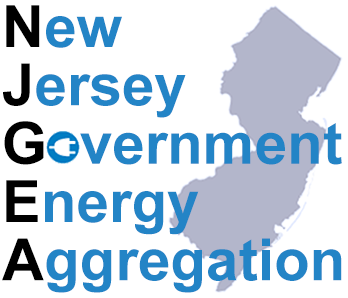First attempted 15 years ago in Monroe Township, Middlesex County, energy aggregation has been debated for over a decade in New Jersey. In 1999, a poorly named bill, the "Electric Discount and Energy Competition Act," was approved. This bill intended to lower energy costs across the state through a complicated discount program. Instead, it created a monopoly, as smaller companies could not compete with the larger. Thankfully, the laws were fixed in 2003 again allowing municipal aggregation.
Municipal aggregation utilizes the power of bulk buying to create huge savings. When residents approve aggregation, they are allowing the municipality to group the electric needs of all residents together in an effort to purchase electricity at substantially reduced rates. There are two important safeguards in place in aggregation to protect residents. First, there is an opt out period offered to residents, during which time any who wish to, can leave the aggregation at no cost. Second, should the standard rates of a local provider ever drop below the contract rates, the customers are automatically given the lower rates. These two safeguard ensure that no residents are ever put in a situation where they are not savings. And since local providers continue to maintain the lines, bill customers, and answer service calls, there is no impact to the residents.
Plumstead Township, in 2012, became the first municipality to aggregate since the law change in 2003. The average residents are seeing monthly savings of 14 percent. Laurie Wiegand-Jackson, one of the individuals involved in drafting the Government Energy Aggregation Rules in 2003, said that she is, “pleased to see that the program design was able to achieve its intended goal of widespread participation, ease of implementation and of course, energy cost savings. I hope that other municipalities will be encouraged to implement aggregations for the purchase of energy commodity and other energy services for their constituents to promote cleaner, greener cities across New Jersey.”
If you would like more information about Municipal aggregation, click here. For the full article, see below.

